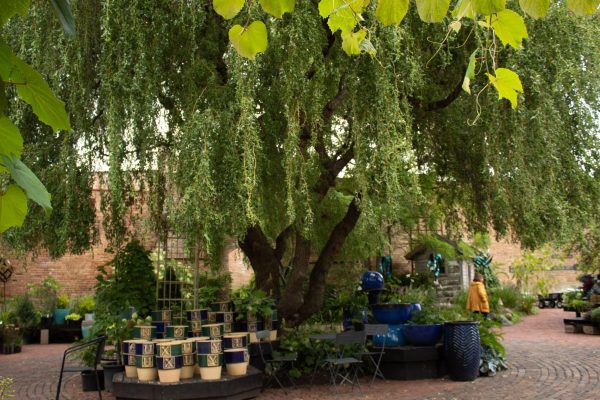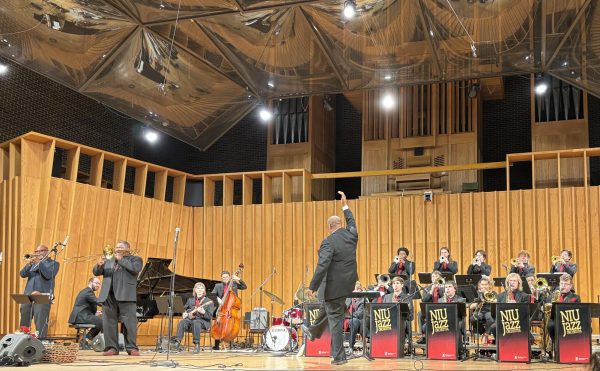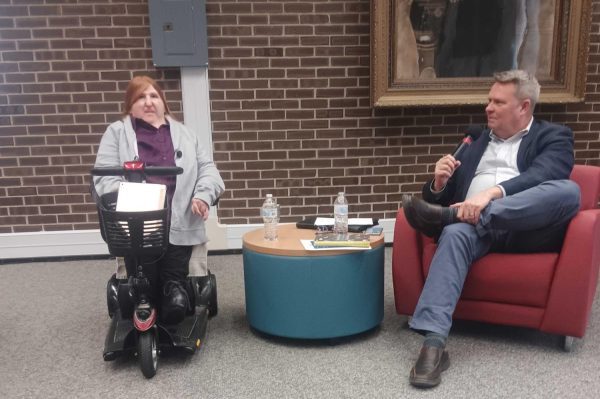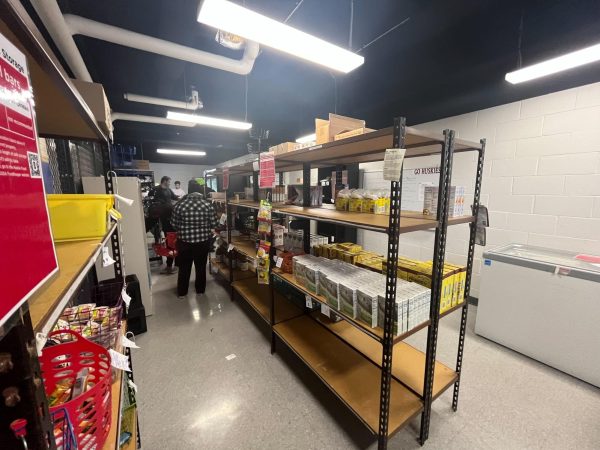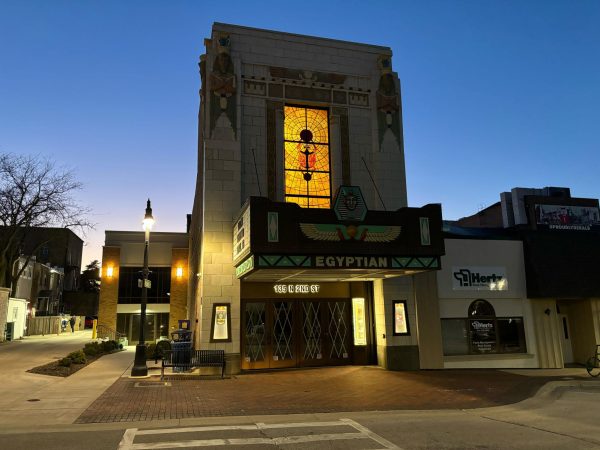Towers magazine back up, running
April 28, 2005
Christine Brown walked into an informational meeting about Towers magazine and walked out as the editor in chief.
“I just had to stick my nose in something,” said Brown, a Ph.D. candidate in English. “I had no idea what I was in for.”
Now, Towers, a student-produced literary magazine, is pushing to get out its issues in near record time – before the end of the semester.
Amy Newman, who has been the faculty advisor for a number of years, has been on sabbatical this year, leaving the literary publication in a precarious position. This loss was coupled with a lack of returning staff members and written instructions. The new group of editors started from the beginning on a magazine that has been published since 1939.
When Brown got the position, Towers was already behind on paperwork. Jan Knudsen had signed on as a faculty advisor, but Brown was in charge of creating a budget for a project she had just joined.
The Student Association eventually approved $7,862 for Towers, but that was only the beginning of the challenges ahead. Towers had reorganized into a more hierarchical system. Before, a number of editors were on equal ground. Now, one woman was in charge of it all.
“Before, it was like Amy Newman was the editor in chief,” Brown said. Newman declined to be interviewed for this story.
A magazine would be nothing without content. Towers had to get student submissions for poems, stories and artwork. Staff members put up fliers, but few people responded. Towers had to extend the deadline just to get enough material. Brown said there were fewer submissions than in previous years.
“Maybe people aren’t doing as much creative writing as they used to,” said Cortney Barko, chief fiction editor and an English Ph.D. candidate. “They’re caught up in classwork and doing scholarly essays. I hope Towers will spark interest in creative writing.”
Even with the extended deadline, Towers only received two pieces of nonfiction. Brown said she would have liked to see more creative nonfiction, as the genre is becoming more popular.
One interesting submission didn’t come from the person who wrote it. An aunt of a student who had died gave a poem to Towers.
No one submitted artwork, forcing the editors to scramble for material. Barko drew a couple of illustrations, including one of a house used for the cover, and she got a former student to provide a few pieces.
“I don’t buy the argument that you have to be in art to know what fits,” Brown said.
There was another problem with students, who had signed on at the original meeting, not participating.
For example, Barko said there were two girls who had agreed to be in charge of artwork, but were never heard from again.
Once submissions were in, groups of editors had to read the pieces and decide what was printed in Towers.
Brown said a majority of the pieces did get in, but some were edited down.
“Creative writing is a difficult thing to judge,” Barko said. “Either it grips the reader or it doesn’t. Everyone looks for different things.”
Kris Barten, a freshman English major, oversaw the poetry selection. She came across a couple of mediocre poems, but her group tried to keep the process of ranking the poems democratic.
Barten said she had fun reading the poems. Sixteen made their way into Towers.
Still, Barten said she never really knew what was going on for a lot of it.
Barko recalled communication among editors was done through e-mail and notes in mailboxes.
All the pieces had to be organized into a cohesive publication. Brown came up with the idea of dividing the magazine into “rooms” instead of chapters. The illustration of the Victorian house on the cover of the 80-page magazine worked into that theme.
“I was going to put in a bathroom, but I didn’t think anyone wanted to be associated with that,” Brown said.
A couple weeks ago, Brown stayed up late doing the layout for Towers.
“I was tearing my hair out doing it,” she said. Barko copy edited the manuscript after Brown designed it.
In recent years, Towers has been distributed in the fall semester of the next year, but the Towers editors wanted to change that. They worked over Spring Break to meet deadlines and hope to pass out the 60 issues of the printing run during finals week. Towers is free and can be found in the residence halls and other buildings.
“My editors were on the ball,” Brown said. “I’m going to do my darndest to get the issues out.”
Brown has plans for the future. She would like to eventually sell the copies at other locations besides NIU. She would also like to put the publication online and improve advertising.
Most importantly, Brown is compiling an instruction manual for future staff members so they can build on this year.
“This is never going to happen again,” Brown said.


